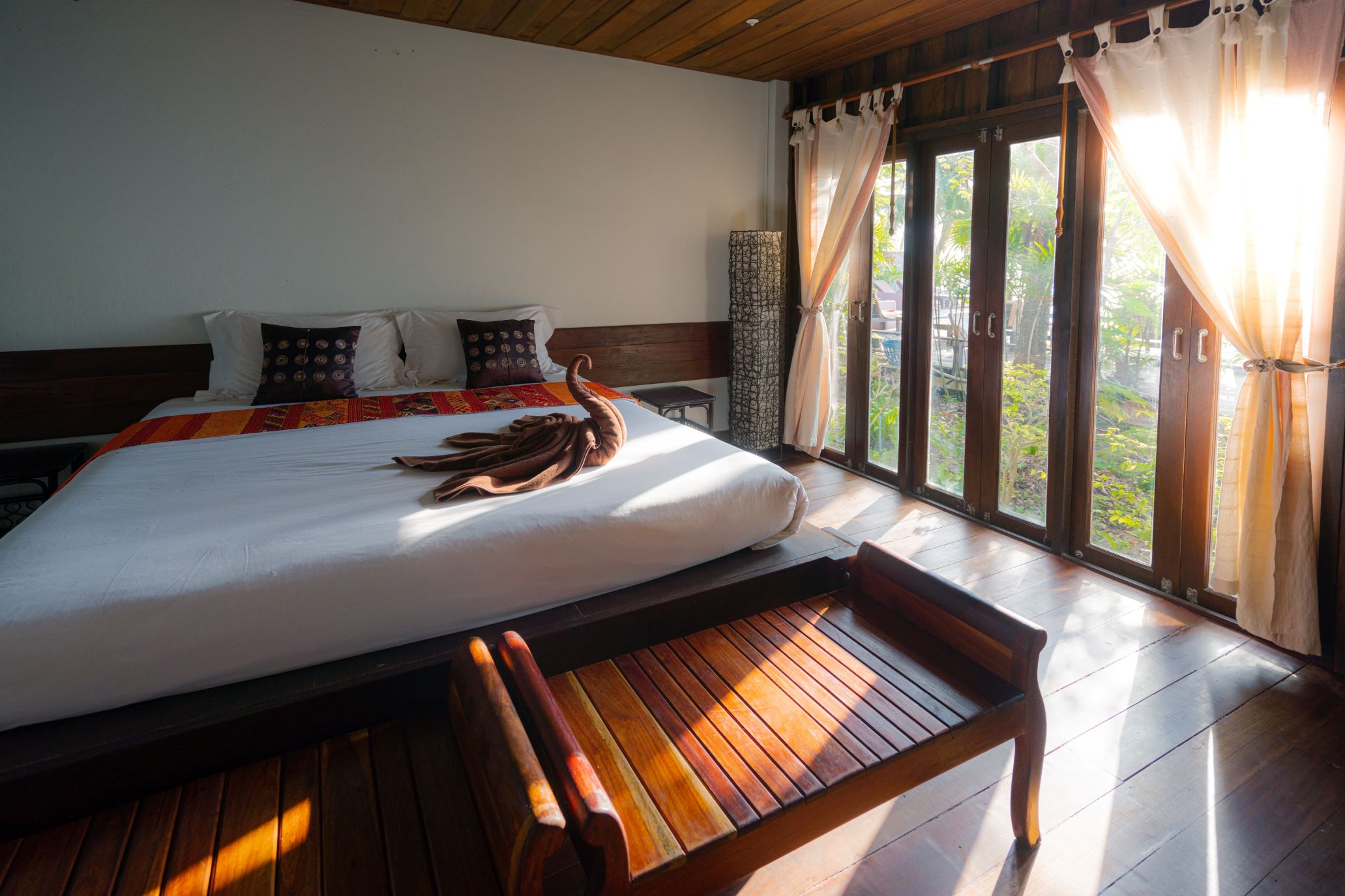How Important are Hotel Occupancy Rates for a Sustainable Business Growth?
In the hotel industry success isn't just about having a stunning property or great amenities. It's about optimizing every facet of your business to ensure that rooms are filled, revenue flows in, and guests leave with smiles on their faces. One of the most critical metrics in this equation is the average hotel occupancy rate. Let's dive deeper into why hotel occupancy rates matter, how they're interconnected with various aspects of your hotel business, and how savvy hoteliers can utilize them for long-term success.

Understanding Hotel Occupancy Rates
Let's start with the basics. What are hotel occupancy rates? In simple terms, the metric represents the percentage of rooms that are occupied by guests compared to the total number of rooms available. These rates are more than just numbers, they are the lifeblood of your hotel's financial health. The higher your occupancy rate, the better your chances of financial success. But why are they so important?
The Significance of High Hotel Occupancy Rates
Increased Revenue and Profitability
First and foremost, high hotel occupancy rates directly translate to increased revenue and profitability. When more rooms are occupied, you're not just covering your operating costs, you're also generating a surplus that can be reinvested in your long-term business or used to expand your offerings.
Improved Guest Experiences and Customer Loyalty
Occupancy rates also play a significant role in enhancing guest experiences. A bustling hotel with a lively atmosphere is often more appealing to guests than a quiet, near-empty one. Happy guests are more likely to return, leave positive reviews, and become brand advocates, driving even more business your way.
Enhanced Operational Efficiency
Efficiency is the name of the game in the hotel industry. Operating costs can quickly spiral out of control if you're not optimizing your resources. High occupancy rates allow you to make efficient use of your staff, reduce energy consumption, and minimize wastage.
Factors Influencing Hotel Occupancy Rates
To master hotel occupancy rates, you must understand the factors that influence them. Seasonality and market trends, pricing strategies, marketing and distribution channels, and competition analysis are all key drivers.
Seasonality and Market Trends
Understanding the ebb and flow of demand throughout the year is essential. Different seasons and events can significantly impact your occupancy rates.
Pricing Strategies
The right pricing strategy can make or break your occupancy rates. Dynamic pricing, which adjusts rates based on demand, is a powerful tool in your arsenal.
Marketing and Distribution Channels
How you market your hotel and the distribution channels you use also have a significant impact. Effective marketing and distribution can attract more guests to your property.
Competition Analysis
Knowing what your competitors are up to is crucial. Benchmarking your occupancy rates against theirs can help you identify opportunities and gaps in your strategy.
Strategies to Boost Hotel Occupancy Rates
Now that we've covered why hotel occupancy rates matter and what influences them, let's explore strategies to boost them.
Dynamic Pricing and Revenue Management
Implementing a dynamic pricing strategy can help you capitalize on demand fluctuations, maximizing revenue during peak times and maintaining competitiveness during low-demand periods.
Targeted Marketing and Promotions
Tailoring your marketing efforts and promotions to specific customer segments and seasons can help attract more guests during off-peak times.
Effective Use of Distribution Channels
Choose your distribution channels wisely. Partner with online travel agencies (OTAs) strategically to increase your reach and visibility.
Guest Experience Enhancement
Leverage technology like HolidayHero's guest app software to enhance the guest experience. Offer upsells, cross-sell opportunities and personalized services that entice guests to book and return.
Continuous Improvement and Monitoring
After implementing these occupancy rate optimization strategies, your journey doesn't end. Continuous improvement and monitoring are essential for long-term success. Regular data analysis and benchmarking against competitors will enable you to make data-driven decisions that keep your hotel on the path to success.
Conclusion
In conclusion, hotel occupancy rates are not just statistics, they are the pulse of your hotel's success. Recognize their importance and embrace data-driven strategies to build a thriving and sustainable business model. At HolidayHero, we're here to support your journey to achieving optimal hotel occupancy rates and unlocking your hotel's full potential.



